10 Animals Found In Yemen

Yemen is a country in Western Asia located on the southern part of the Arabian Peninsula. The country encompasses an area of 527,968 km2 and can be divided into four geographic regions: coastal plains, western highlands, eastern highlands, and the Rub' al Khali desert. Yemen's wildlife includes numerous domestic animals, such as dromedary camels, cattle, sheep, goats, and donkeys, as well as wild animals like the Arabian leopard, which is the country's national animal. Examples of animals that inhabit Yemen are listed below.
Arabian Leopard
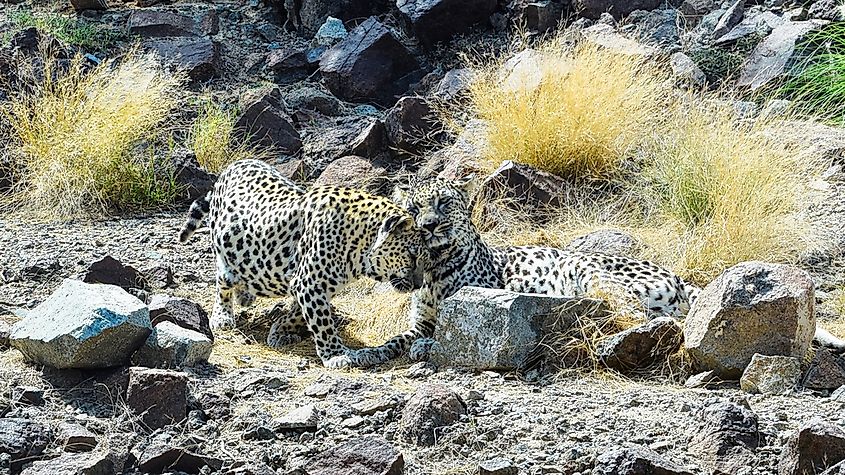
The Arabian leopard is a subspecies of leopard that is native to the Arabian Peninsula and is the national animal of Yemen. The leopard's geographic range is limited to the Arabian Peninsula, and within Yemen the species was previously distributed throughout the country's mountainous regions, but since the 1990s its population has dwindled to near extinction. As a result, the Arabian leopard's conservation status is now listed as 'critically endangered.'
African Wildcat
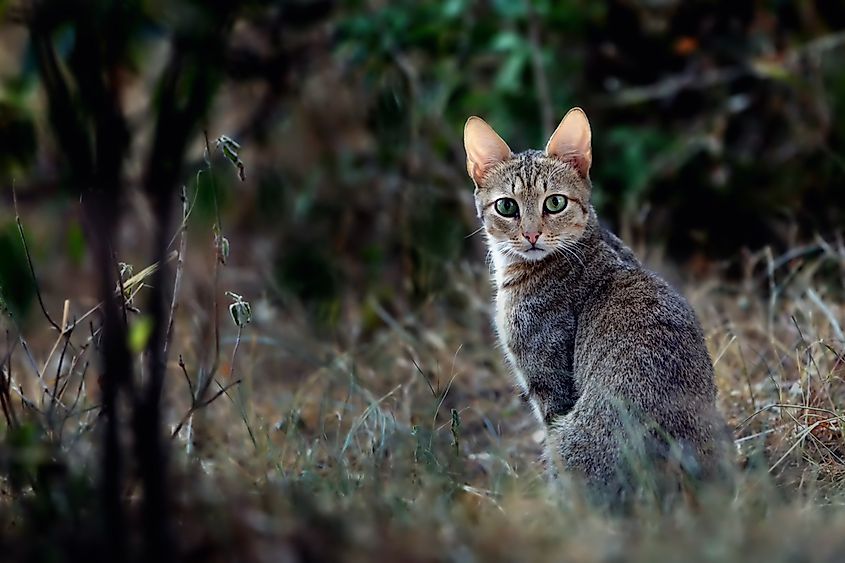
The African wildcat is native to Africa and Asia, and its conservation status is that of "least concern" because of its wide distribution and ability to adapt to changing environments. Due to the extreme temperatures in the deserts of Yemen, the wildcat is usually observed early in the morning and late in the evening, as it hunts for mice, rats, and other small animals.
Mountain Gazelle
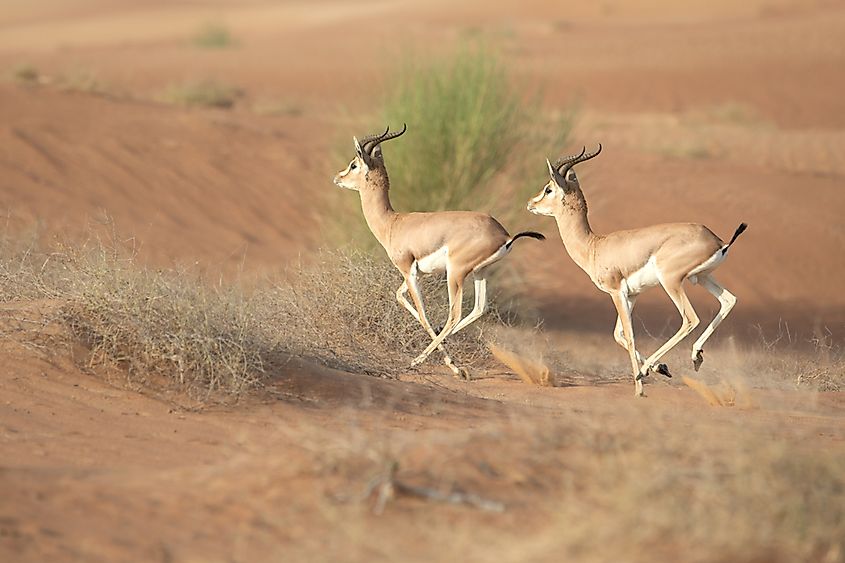
The mountain gazelle is native to the Arabian Peninsula but has been declared extinct in parts of its original habitat. There are fewer than 3,000 individuals left in the wild, most of which are located in Israel, Golan Heights, and the West Bank. However, isolated populations also exist in the mountainous regions of Yemen, Jordan, and Turkey. The civil war in Yemen decimated the mountain gazelle population to the brink of extinction.
Rock Hyrax
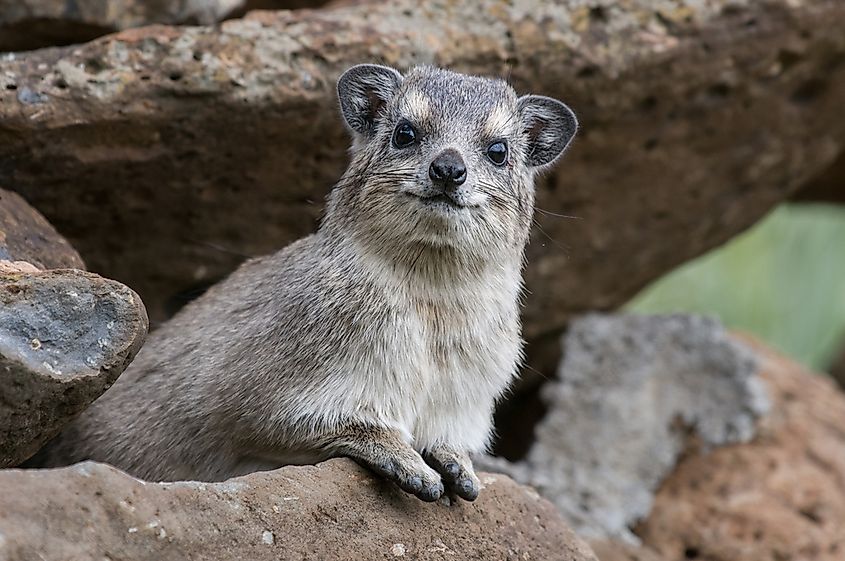
The rock hyrax, also known as they Cape hyrax or rock rabbit, is a mammal native to the Middle East and Africa. The species is distributed throughout the African continent, except for the Congo basin and the island of Madagascar. Stable but threatened populations of the rock hyrax exist in Yemen, Lebanon, Israel, and other parts of the Arabian Peninsula. The species prefers to inhabit rugged environments that provide cover from predators.
Golden Jackal
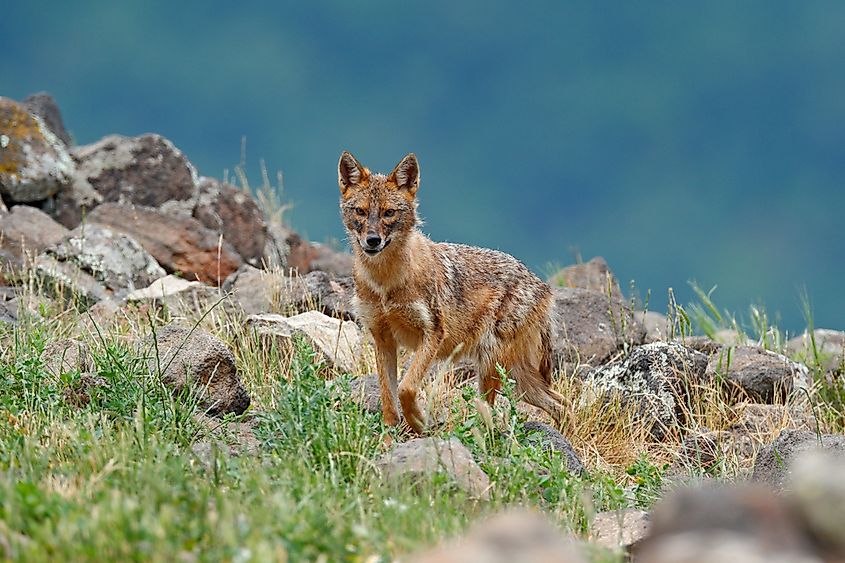
The golden jackal is a species native to the Middle East that resembles the Arabian wolf but is slightly smaller in size. Due to the desert climate of Yemen, the jackal inhabits areas near river banks, canals, lakes, and oases. The golden jackal is a social animal that usually lives in groups, and is an omnivorous species that is both a predator and scavenger.
Sand Cat
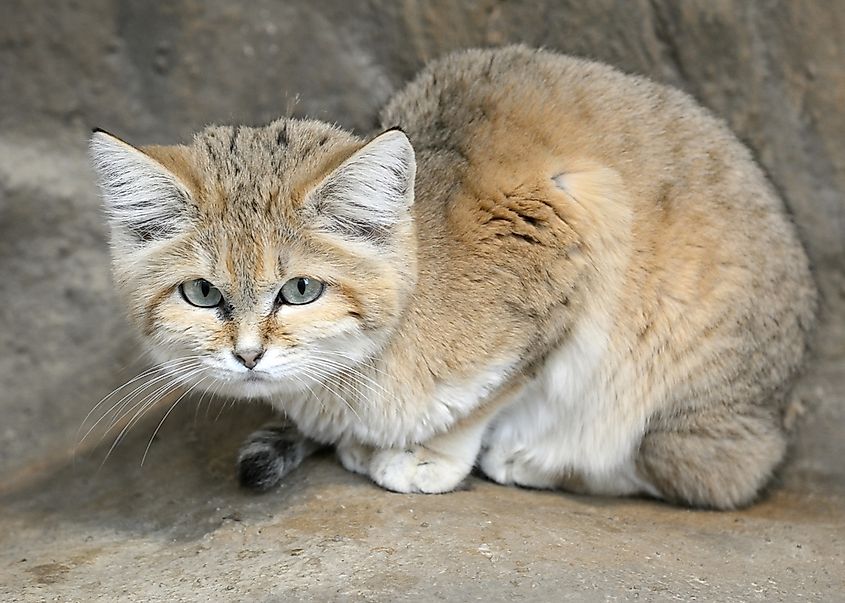
The sand cat is the only true desert cat, and is widely distributed across central Asia, the Middle East, and North Africa. In 2002, the species was listed as 'near threatened,' but by 2016 its population and range had improved, and therefore its conservation status was downgraded to 'least concern.' The sand cat is distributed throughout the deserts of Yemen, where its feeds on small rodents and insects.
Socotra Sunbird
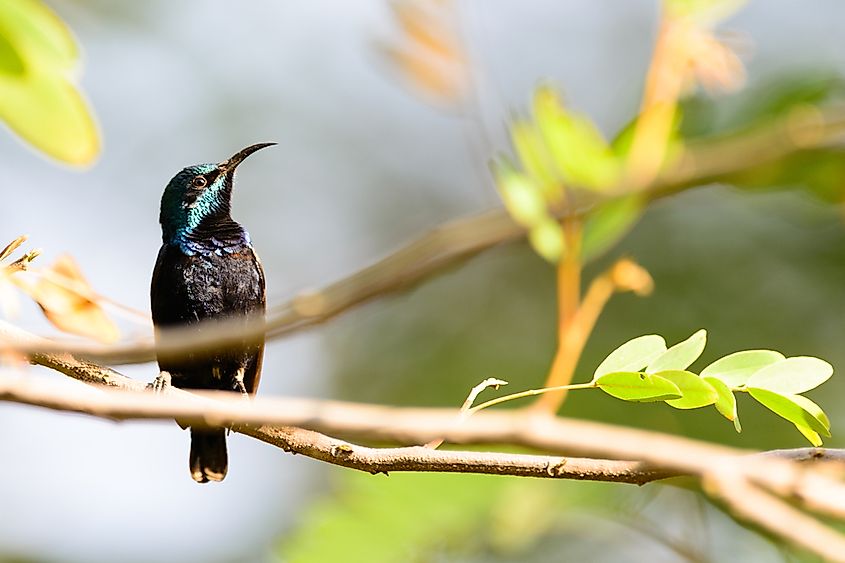
The Socotra sunbird is endemic to the island of Socotra, where it prefers high-altitude and humid tropical scrublands, similar to the Socotra starling bird. The sunbird is less threatened since its main threat is the loss of habitat. The bird produces a variety of sounds ranging from slow chirping to long bursts of melodies. The Socotra sunbird feed on spiders, cicadas, and fruits.
Golden Spiny Mouse
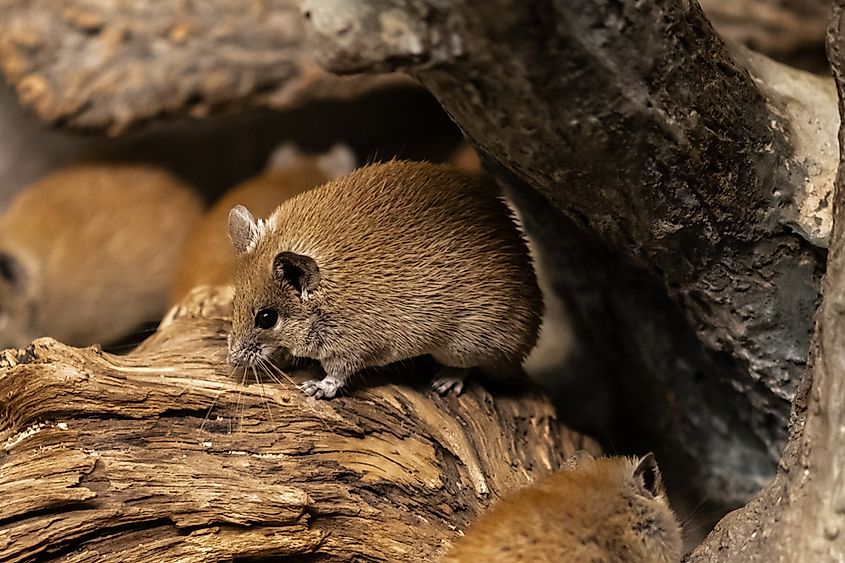
The golden spiny mouse is named for the golden spiny fur that covers its body from head to tail, protecting the animal from predators. The mouse thrives in hot deserts and is common in Egypt, Yemen, Saudi Arabia, Jordan, and Israel. The rodent inhabits rocky or bushy environments, where it feeds on insects, snails, seeds, and desert plants.
Striped Hyena
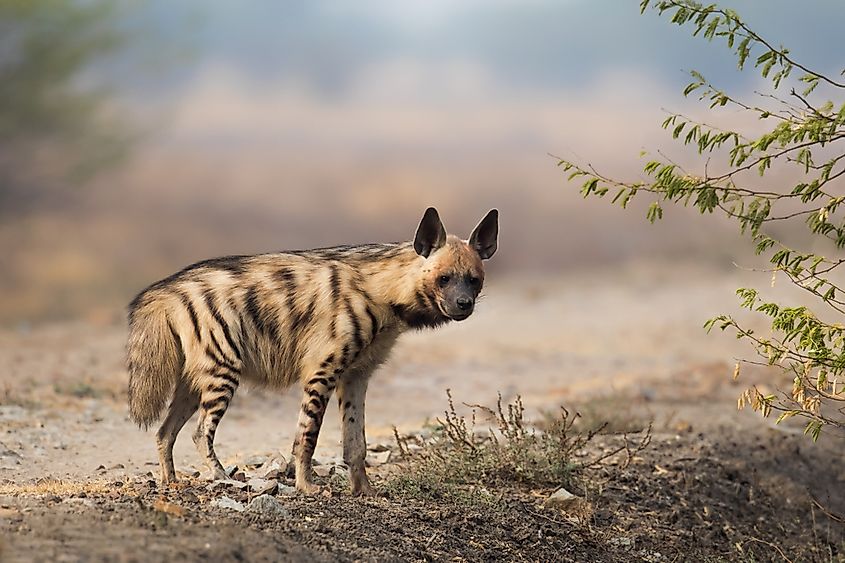
The striped hyena is a species of the hyena family that is native to East and North Africa, the Middle East, Central Asia, the Caucasus, and the Indian subcontinent. It is smaller than the spotted hyena but retains primitive characteristics of the hyena, including a small and less specialized skull. The striped hyena can be observed in the wilderness of Yemen searching for prey at dusk.
Honey Badger
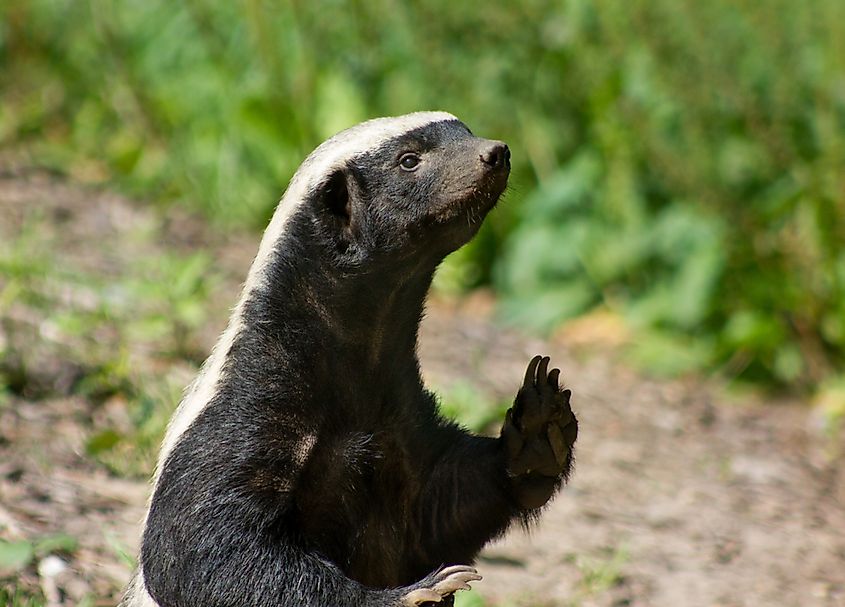
The honey badger, also called the ratel, is native to Africa, southwest Asia, the Middle East, and the Indian subcontinent. The species is known for its fearsome reputation, and is a highly adaptive animal that can survive in extreme environments. The honey badger inhabits the mountains and farmland of Yemen, where it feeds on insects, snakes, rodents, turtles, and lizards. It also searches for beehives to feed on honey, since its thick skin can withstand bee stings.







